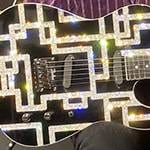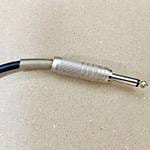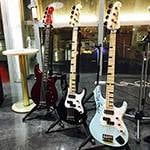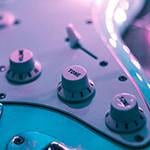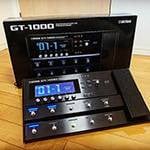Hello everyone, I'm Rimito, a nighttime DTMer.
This time, I will be focusing on my favorite which also is my specialty, effects pedal production. The name of this article is “Is it possible to make an effects pedal using only items from Sound House? - Part I”.
Sound House sells not only instruments and accessories, but we also sell a wide variety of parts, so to some extent, repairs (parts replacement) on items that are only sold from the Sound House store. That is why I came up with this theme.
Can you really make an effects pedal using everything from tools and materials?
It consists of two parts, the first part and the second part. Please take a look until the end.
Let's take a look now.
■ Soldering iron
Let's start with tools. A soldering iron is indispensable for DIY effects pedals. I searched for a soldering iron and here’s one that I found sold at Sound House.
FERNANDES / SI-1500 soldering iron
It is made by FERNANDES, and the price is cheap even though it is 40W! So, I found a good one.
A common problem with soldering irons is heater failure, which is usually caused by overheating. I have used a 40W soldering iron in the past, and just a quick wipe with a damp sponge periodically will reduce the load on the heater. Also, as long as you don't run it for more than 20 minutes, it will last a long time, whether it is cheap or not, or 40W or not.
Moreover, it includes a lead solder, which is said to have good sound quality, and even sandpaper for maintenance. I recommend it.
■ Soldering materials
Next to a soldering iron, I will show you some soldering materials. There are a wide variety of soldering materials in the world, but this is the one I recommend at Sound House.
MONTREUX / Kester 44 1.5m [1475]
This solder material is optimized for acoustic use, and although it may seem a bit expensive, it is very thick, so it is very cost-effective and produces little smoke when heated, making it a very popular and well-known solder material.
I always use one of these when I make effects pedals. It creates a very beautiful, clear sound that is faithful to the original sound.
And solder suction wire.
MONTREUX / Solder wire 1 meter [1676]
This is also essential when building effects pedals, especially for beginners. It is very easy to short-circuit with the next one due to too much solder material, but with a solder-absorption wire, you can work on it without fear of making a mistake.
■ Tools for Drilling Holes
The next step is to find tools for drilling holes in the effects pedal housing. Normally, a hole about 3 mm is drilled and then widened with a reamer to make the hole large enough to accommodate the component, but are reamers and drills really available at the store?
I have searched and found that reamers have been handled in the past.
As for the drills...unfortunately, they do not seem to carry drills for metal. But don't worry, you can complete the self-made kit I will introduce later that you can use without any issue even without this drilling tool. If you want to do everything by hand, please look for it at your local home improvement center.
■ Wiring materials
Next, let's look for wiring materials. When making effects pedals, wiring materials are so important that they can change the characteristics of the sound. Choose carefully here.
I will start with the recommended wiring materials that I usually use.
This is a wiring material for audio equipment sold by Oyaide Electric, a major cable manufacturer.
There are two types of wiring materials: “Score” and “AWG size”.
Below is a partial table of squared millimeter values, AWG sizes, and other dimensions.
| mm2 | AWG Size | Outer diameter with Coating (Approx.) | Copper Wire Thickness |
|---|---|---|---|
| 0.2sq | AWG 24 | φ1.5㎜ | 0.6mm |
| 0.3sq | AWG 22 | φ1.5㎜ | 0.8mm |
| 0.5sq | AWG 20 | φ2.0㎜ | 1.0mm |
| 0.75sq | AWG 18 | φ2.2㎜ | 1.1mm |
| 1.25sq | AWG 16 | φ2.8㎜ | 1.5mm |
| 2.0sq | AWG 14 | φ3.4㎜ | 1.9mm |
The wiring material presented here is AWG22 vinyl-insulated wire, which is a bundle of multiple thin conductors called “stranded wire”; the sheath is thinner and easier to strip than AWG24, but not over-specified or thick like AWG20. Above all, it is packed with Oyaide's corporate efforts and has a good sound. It is easy to obtain, good quality, a little stiff, and extremely suitable for effects pedal production. This is the Oyaide 3398-22.
By the way, it is also available in white.
■ Phone jack
When it comes to effects pedals, the phone jack is the most common.
If you look up “phone jack” in Sound House, you will find a variety of phone jacks, including those made by Switchcraft. These are the most well-known and popular among them!
Switchcraft mono and stereo phone jacks. They are very rigid and the phone plugs fit securely and comfortably, and are neither stiff nor loose.
But why stereo? Aren't guitars mono? This is for built-in dry cell batteries.
See here for more details.
There are many other phone jacks not made by Switchcraft, but I use this phone jack every time. I always use this phone jack because it is safe.
■ Electronic Parts
The next thing to look for is electronic parts. There are so many different types that it is impossible to count them all. There are capacitors, variable resistors, fuses, diodes, and so on.
So, let's first look for variable resistors, which are visible and touchable parts. Also called a “volume”, a “pot” is short for potentiometer, which is used in the sound industry to control distortion and volume, and both names can be used in the production of effects pedals.
Searching “pot” on the Sound House website turned up a large number of hits.

For example, this one.
It is a very ordinary pot with a 500KΩ A-curve. It is so widely used in the acoustic field that there is nothing special to say about it, and it is known by the name Alpha.
I then tried to find resistors, foot switches, diodes, etc., but unfortunately I could not find any. As for switches, I found these things.
ALLPARTS / EP-4181-010 Chrome On On Round Bat Mini Switch
This is a DPDT toggle switch and it is made by Allparts, which is also known as the manufacturer.
In any case, Sound House has a large number of repair parts, which can be used in various ways.
Well, this is a long story, so please come back for the second part!
The “sound & person” column is made up of contributions from you.
For details about contributing, click here.





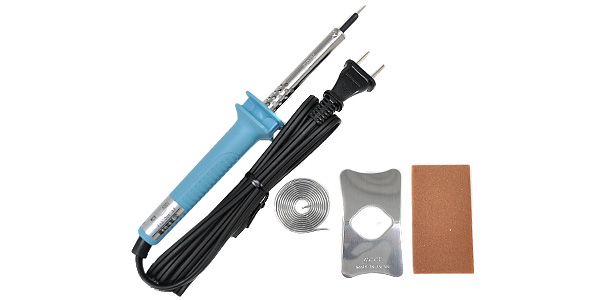
![MONTREUX / Kester 44 1.5m [1475]](https://www.soundhouse.co.jp/images/shop/prod_img/m/mont_1475a.jpg)
![MONTREUX / Solder wire 1 meter [1676]](https://www.soundhouse.co.jp/images/shop/prod_img/m/mont_1676aa.jpg)
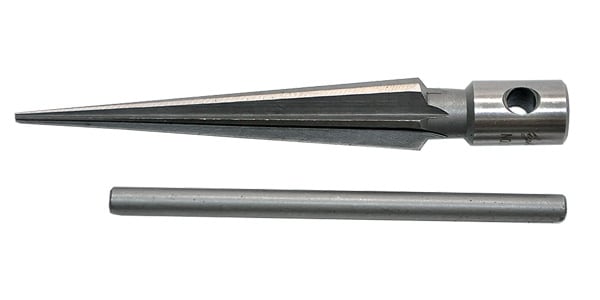
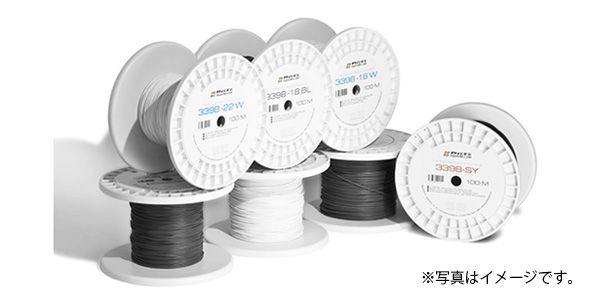
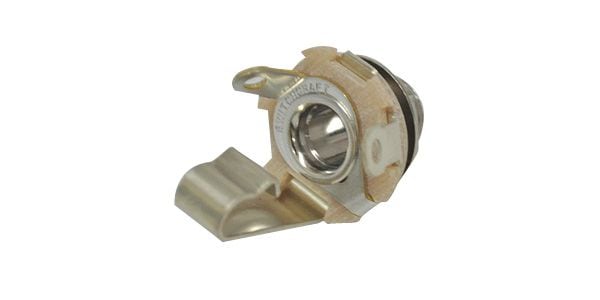
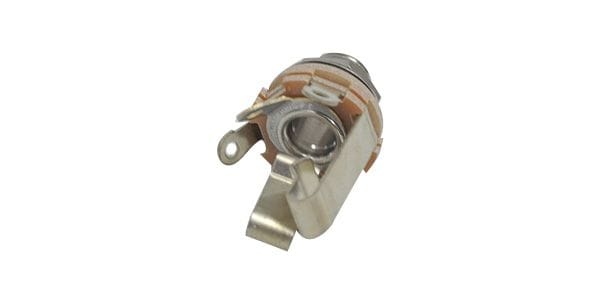
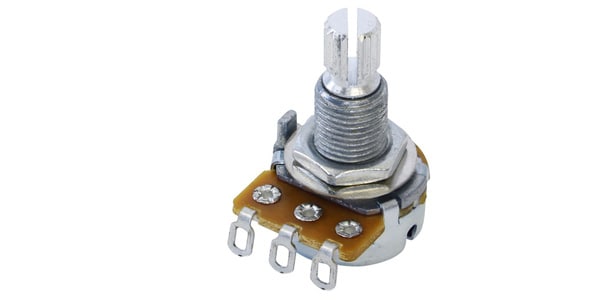
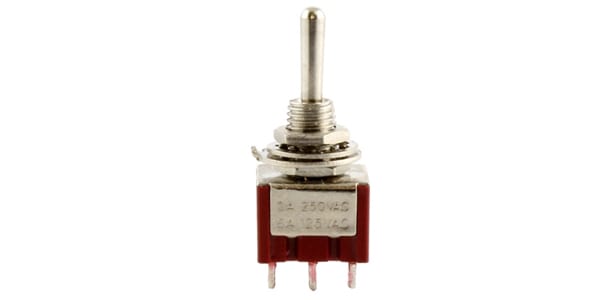


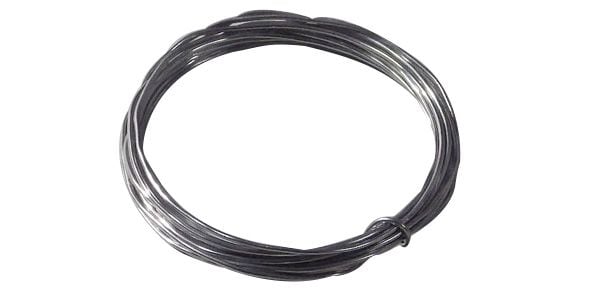
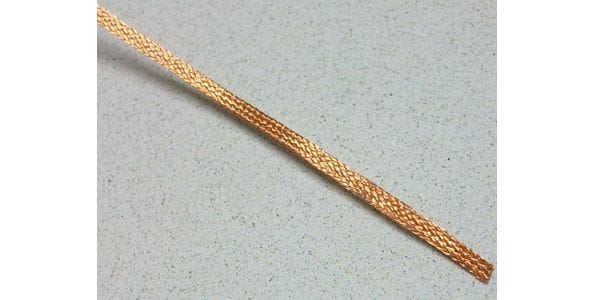




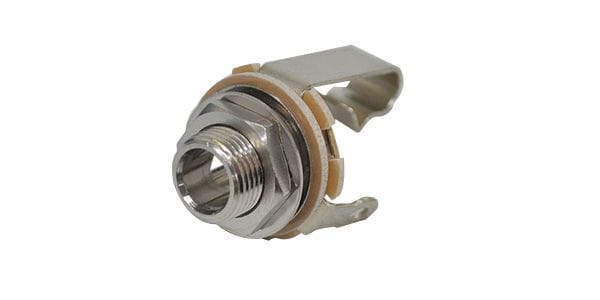
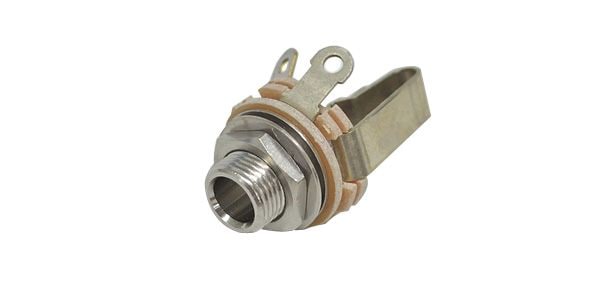
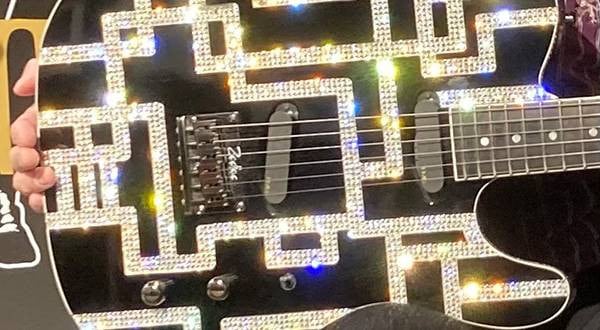
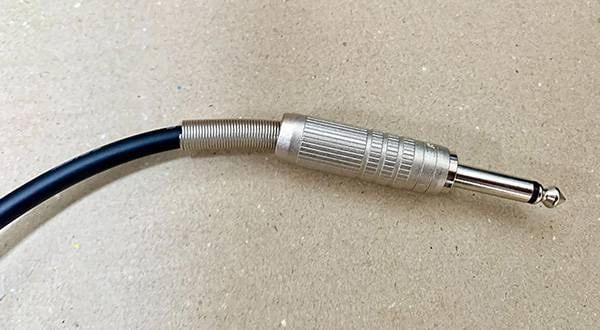

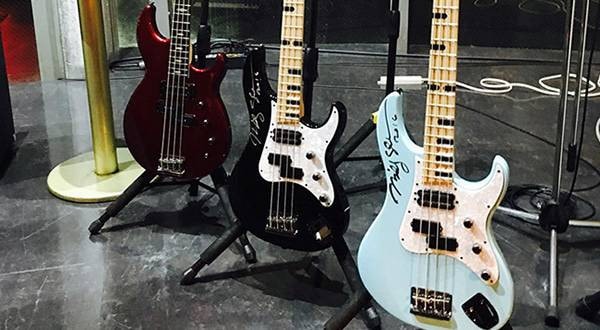
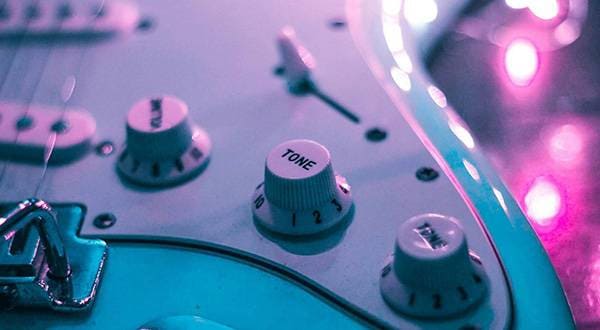
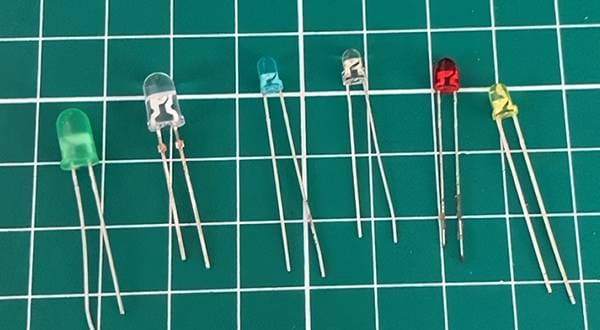
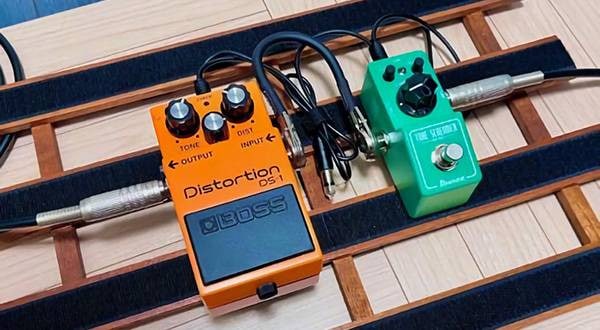
![The Road to Your Complete DIY Equipment: 2nd Edition: The Illusive Vintage Sound! Amplified Buffer Get your hands on the legendary device exclusively used by professionals [Parts]](/contents/uploads/thumbs/2/2023/3/20230303_2_21537_1.jpg)
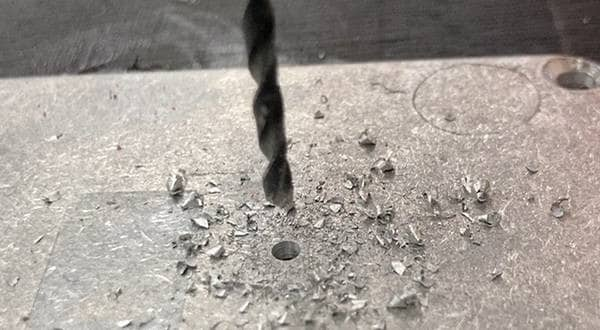
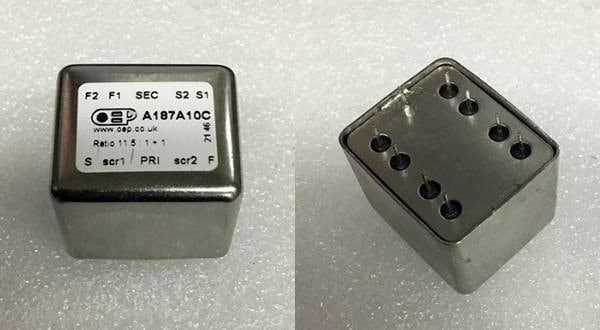
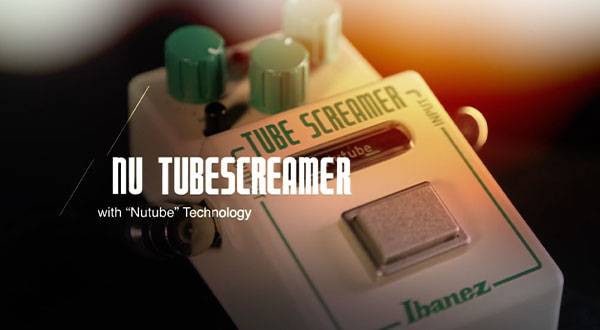
 第2弾 あなたのエフェクターボード見せてください
第2弾 あなたのエフェクターボード見せてください
 【初心者向け】エフェクター講座
【初心者向け】エフェクター講座
 あなたのエフェクターボード見せてください
あなたのエフェクターボード見せてください
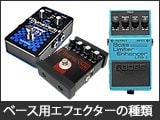 ベース用エフェクターの種類
ベース用エフェクターの種類
 エフェクターのつなぎ方
エフェクターのつなぎ方
 エフェクターの種類
エフェクターの種類
